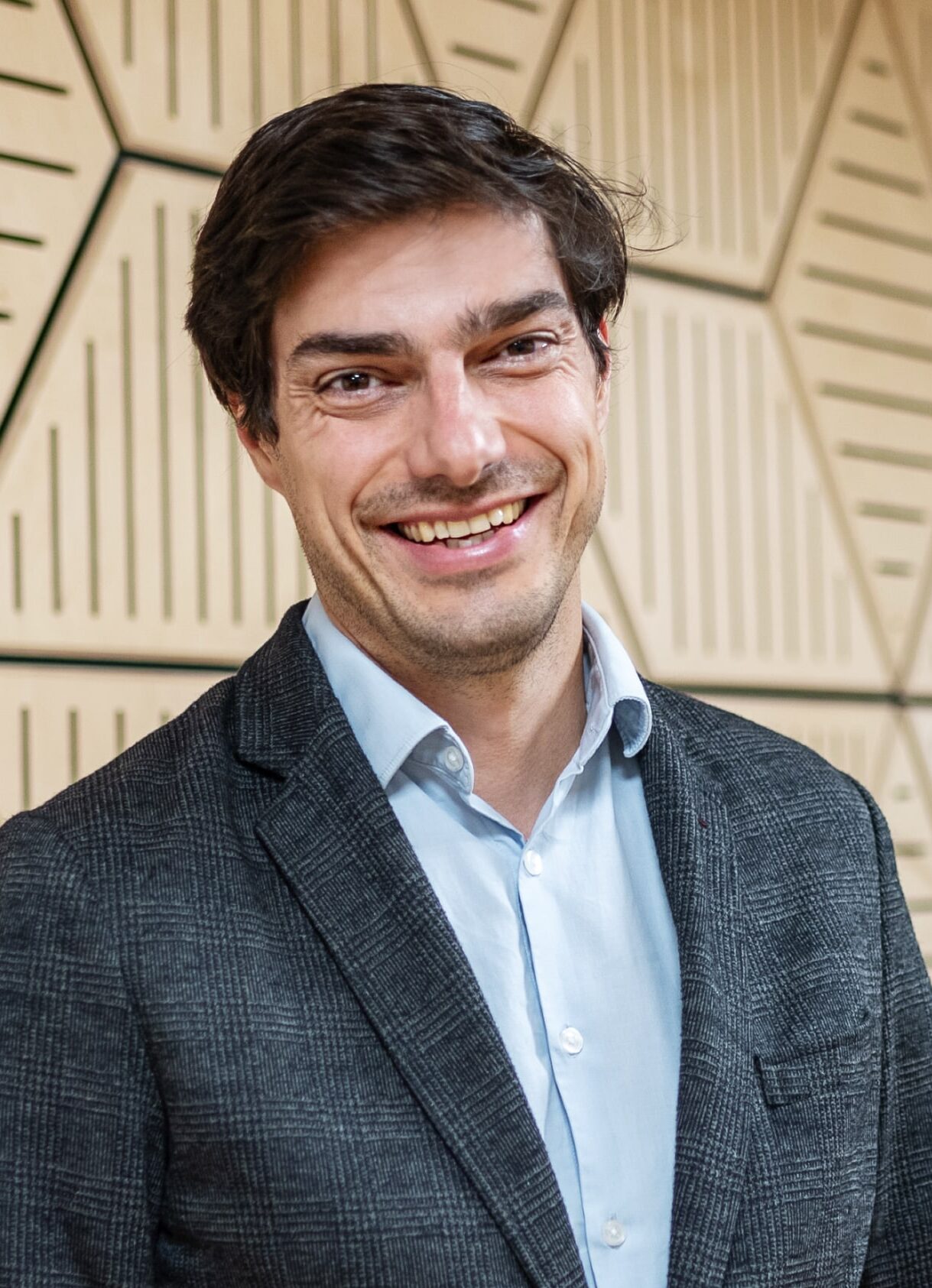With sincere thanks to Kevin Lloyd-Evans from Big Issue Invest
Earlier this week Simon and I spent the day in Birmingham with Big Issue Invest to talk to several local charities and social enterprises about their experience of securing funding to survive and grow. The venue couldn’t have been more fitting – The Impact Hub provides “a place to collaborate and discuss, challenge…to bring about change in our city”.
All the entrepreneurs we met were passionate about what they did, had clear revenue models and a lot of drive to get the job done, yet their experiences of securing the grants and investment needed to achieve this were at best mixed and at worst their “darkest days”. So what can funding organisations learn from their experiences?
1. A common problem raised was the protracted nature of the application process for investment, in line with conclusions reached by IVAR in their research on small charities and social investment. This is compounded by the fact the organisations are in the dark as to whether they will be successful or not. One likened the experience to driving a car and stopping for fuel, but only being given enough fuel to get to the next station, whilst having no idea how far or in which direction the next station would be. They suggested quicker initial suitability screening – a ‘no’ will always be disappointing but less so if decided straight away rather than after many months of concerted effort.
2. Grant funding can also be rather hit or miss. Some cited applications that were quick and easy whereas others describe multiple applications either to t he same or different grant-making organisations which were rejected with no feedback provided, leaving the applicant rather stumped. Feedback on rejected applications is vital so that VCSEs can address the issue and improve their chances of success in the future. Proportionality is key as well – in an extreme example, one of the group found themselves completing a 14 page application for a £500 grant.
3. Starting the repayment of loans almost immediately upon receiving them can feel like “a kick in the teeth”. Those we spoke to felt that this could be a way in which social investors differentiated themselves from high street lenders, by taking a view on whether immediate repayment is appropriate or not based on whether the cash flows can support it. This is particularly important considering social lending was perceived as higher cost in terms of interest rates and often just as risk averse as commercial banks.
In the afternoon we visited the buzzing premises of the SWEET project in Kings Norton. Over the last seven years Jayne Hulbert and Jayne Cresswell (known as the two Jaynes) have been supporting students to become first rate social workers through placements working directly with children and families in the three estates area. After speaking with the two Jaynes and their students, the impact of the project was clear, both for the students themselves and for those they were working with. The 420 cases currently being managed by the students also help to ease demand on stretched local authority teams. What was less clear was how that kind of social impact could be adequately captured and measured to support the organisation with their investment needs. Not an easy question to answer.
To accommodate the growing number of students and staff, the SWEET project took out a loan from Big Issue Invest and moved to their current site. This was a difficult period for the organisation: faced with government cuts to the daily rate paid for each student placed, they were forced to look at other sources of income to plug the sizeable gap. Yet instead of going under, they now have 171 students from 42 universities across the country. Some universities are slow to pay though meaning cash-flow is a constant struggle.
The two Jaynes have built up an evidence base for their model and refined it over the last seven years, yet some academics remain sceptical. This was a lesson for me in how much time and effort it can take to secure your credibility, and the tenacity it takes to keep going. It was a really inspiring visit, and the spectacular sherbet ice cream topped it off!










